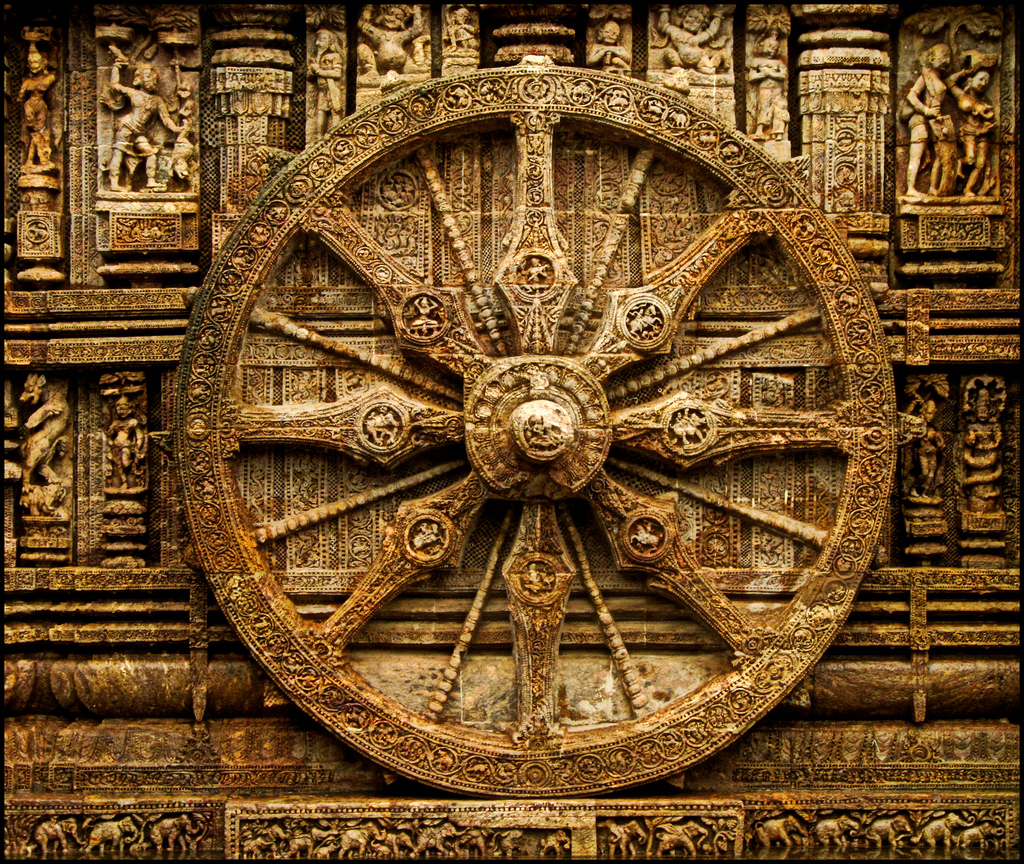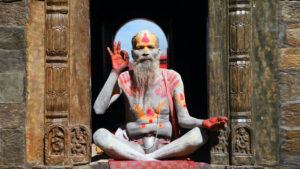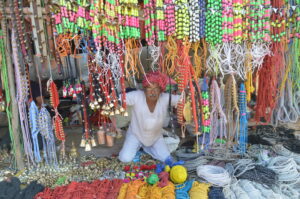INTRODUCTION
The 'Golden Triangle Tour' in India is the most popular tourist circuit; it includes the heritage cities of Delhi, Agra, and Jaipur, which are also the top favorites of tourists. It gives a chance to explore everything from historical monuments, heritage, culture, shopping, handicrafts, folk dances, music, and culinary marvels.
Delhi, the capital made by the Delhi Sultanate later by the Mughals, and last but not least, Britishers chose it to be the capital as well. The influence of every ruler and dynasty can be seen in the culture, cuisine, and architecture of Delhi.
The Humayun's tomb, which is a UNESCO World Heritage site; Qutub Minar, which is a tall minaret with carvings on it built by Qutubuddin Aibak; Red Fort, built by Mughal ruler Shah Jahan; Lotus Temple, Raj Ghat, India Gate; and Akshar Dham Temple, which is a huge and beautiful temple dedicated to Lord Swami Narayan. Other than sightseeing, one should surely try street food in Delhi, chat, dahi bhalle, or the parathas of Chandani Chowk. One can also explore local markets for street shopping.
Agra, situated in the state of Uttar Pradesh Agra is popularly known for holding one of the Seven Wonders of the World and also a UNESCO World Heritage Site, the Taj Mahal. Built on the banks of the Yamuna River, the monument is surrounded by beautiful gardens from all sides, looking stunning. It is constructed of Makrana milky white marble and shines amazingly in the light of the full moon. Tourists from all around the world come here to witness the mesmerizing monument and feel the beauty of true love. One who visits this place can never forget the beauty of this place, which has become a symbol of true love amongst all lovers.
Jaipur, the 'Golden Triangle Tour' is known as the Jaipur city tour, with Delhi and Agra. Jaipur, popularly known as the Pink City, is the capital of Rajasthan, which is a colorful northwestern state known for its heritage and grandeur of Rajputs. Amber Fort, Jaigarh Fort, and Nahargarh Fort are situated on top of the hills, giving panoramic views of the city. These are some of the sights to visit on this tour. The monuments also include the enchanting palace that is still used as a royal residence, known as the City Palace, which is built beautifully and shows a glimpse of royal life, culture, and heritage. City Palace also holds a museum that showcases arms, weapons, and other things used by kings and their families. Other places to visit here are Albert Hall, Jantar Mantar Observatory, Birla Temple, Planetarium, Hawa Mahal, etc. Other than that, tourists can also enjoy shopping in colorful local markets that are stuffed with handmade articles, handlooms, and a lot more souvenirs that you can buy for your loved ones.
Khajuraho, equidistant between Agra and Varanasi in the state of Madhya Pradesh, is the small town of Khajuraho. Its remote location means it could easily slip under the radar of travelers keen to get to India’s more well-known cities, were it not for its remarkable collection of temples, famous for their erotic carvings.
Built between 950 and 1050, the temples were abandoned after the demise of the regime at the hands of the Delhi Sultanate. This group of temples remained unnoticed, remained hidden by the surrounding jungle, and lay hidden until they were rediscovered by the British in 1883.
Although predominantly representing the Hindu faith, there are several temples dedicated to Jainism. The complex is divided into three sections: the south, the east, and the west, each with a cluster of temples. The largest is the Kandariya Mahadev, dedicated to Lord Shiva and boasting over 800 individual sculptures. The oldest, Chaunsath Jogini, sits on the banks of the Shivsagar Lake and is dedicated to Lord Vishnu.
There are several theories as to the reasons behind the temples’ overtly sexual carvings; some believe they were inspired by the Karma Sutra and served as a manual on love, while others consider them to be a form of entertainment for the gods. Whatever the origins, the intricacy and ornate detailing of the temples cannot fail to impress.
Varanasi, situated on the banks of the Ganges River in northern India, is considered the possibly oldest living city in the world and a very important stop on many Indian tours. Referred to as the ‘holiest city in India’, Varanasi has been a pilgrimage site for Hindus for many centuries and still is today. Home to philosophers, poets, writers, and musicians throughout the ages, it is also the city where Buddhism was founded, Sikhism got its basis, and Jains made their pilgrim site. With a large Muslim population and Jewish expatriate community, Varanasi is a religious melting pot of various faiths and cultures.
The culturally rich area of Varanasi also features ghats, which are sets of steps leading into the Ganges River. Varanasi has 100 ghats, most of which are used for bathing, while some are used for cremation rituals, all of which can be experienced on a trip to India. Originating from various ghats, an early morning or sunset boat cruise along the Ganges offers views of various rituals taking place. There are also many Hindu and Buddhist temples to visit, as well as the Archeological Museum in Sarnath and Jantar Mantar at Varanasi, an observatory built in 1737 overlooking the ghats on the Ganges.
Noted for silk weaving and brassware, Varanasi is a great place to bargain, with its many shopping attractions filled with shawls, carpets, wall hangings, jewelry, and masks of Hindu and Buddhist deities.
During a stay here, an outstanding highlight is an early morning cruise on the River Ganges, taking in the Bathing Ghats and the cremation sites. It is at this time of the day that locals come to the Ghats as part of their daily routine.
You can also visit the Bharat Mata Temple, inaugurated by Mahatma Gandhi in 1936. Bharat Mata translates as Mother of India.
Another special venue is Sarnath, which is one of the four places of pilgrimage in India for Buddha’s devout followers.



